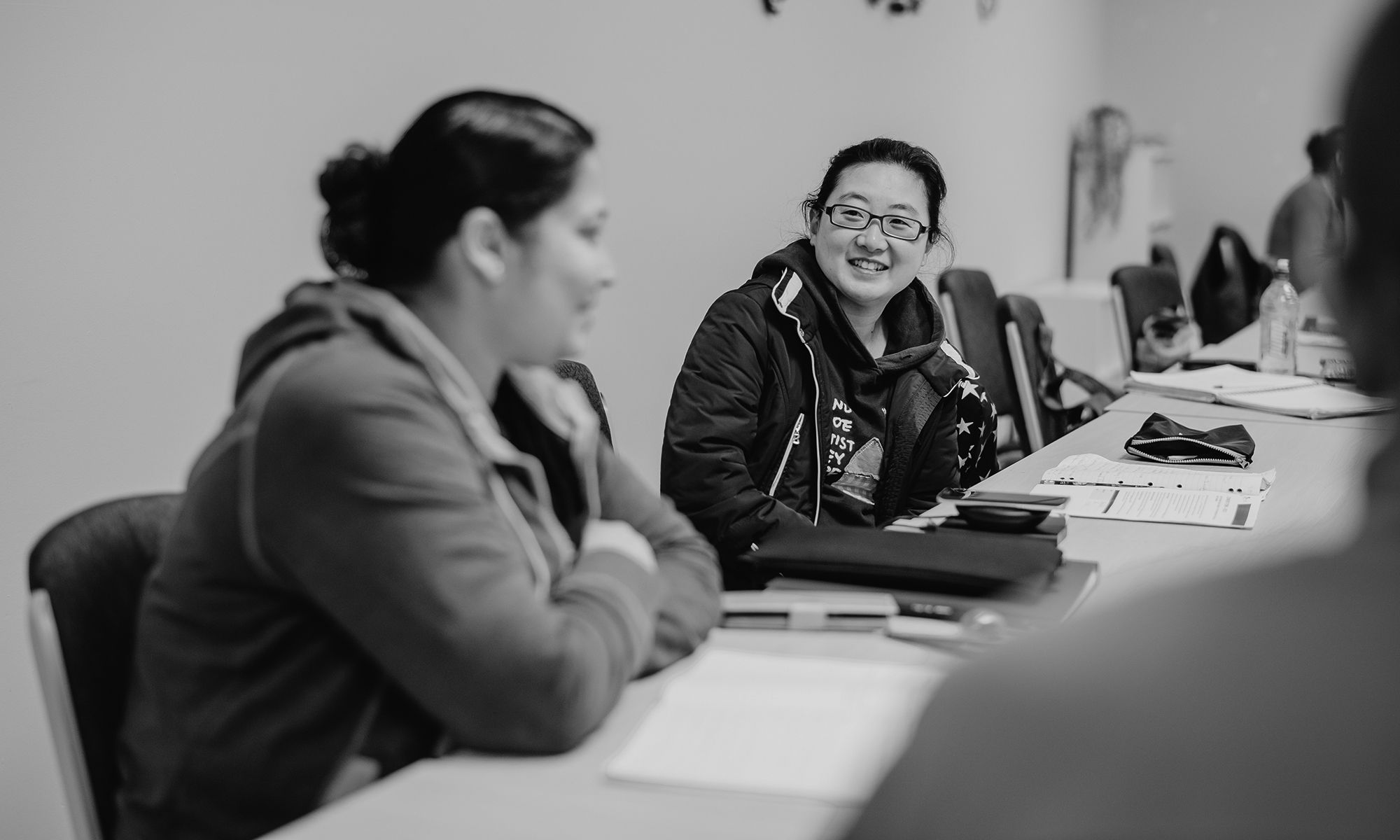Author/s: Mike Brown & Christine Schulz
Edition: Volume 49, Number 3, November 2009
Summary: This article explores the adult and community learning associated with ‘learning to be drier’ in the Riverland region of South Australia. Communities in the Riverland are currently adjusting and making changes to their understandings and practices as part of learning to live with less water. The analysis of adult and community learning derived from this research identified six different forms of learning. These are, learning to produce, learning to be efficient, learning to survive, learning to live with uncertainty, learning to be sustainable and learning to share. These forms of learning do not occur in isolation and separately from each other but to the contrary are occurring simultaneously with and alongside each other. Further, it is argued that the people and communities in the Riverland, through learning to live with the effects of climate change and less water, are at the forefront of learning to be drier.
Keywords: sustainability, climate change, drought, adult and community learning
![]()
![]()
![]()
![]() Share a copy of this abstract.
Share a copy of this abstract.
This article is part of AJAL, Volume 49_3. The entire volume is available in .pdf for purchase here.
